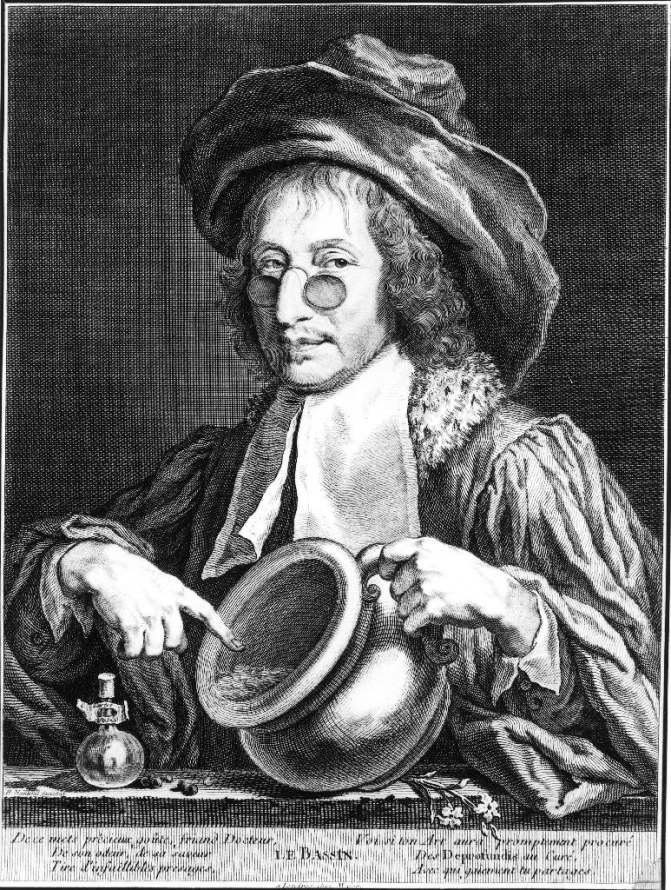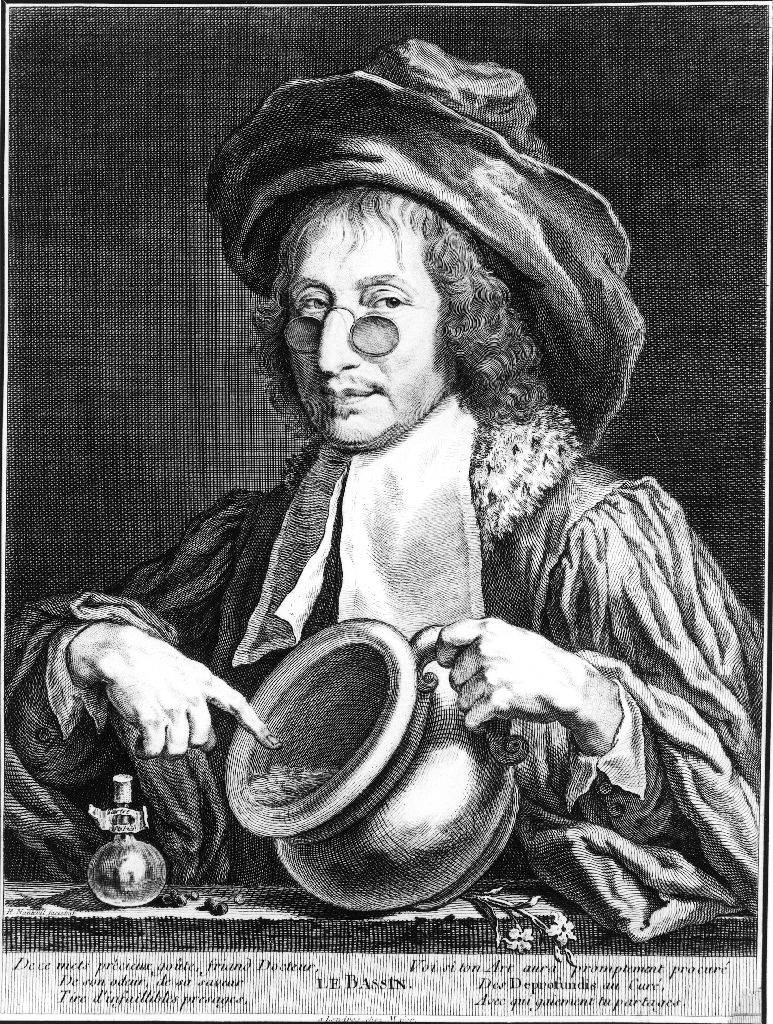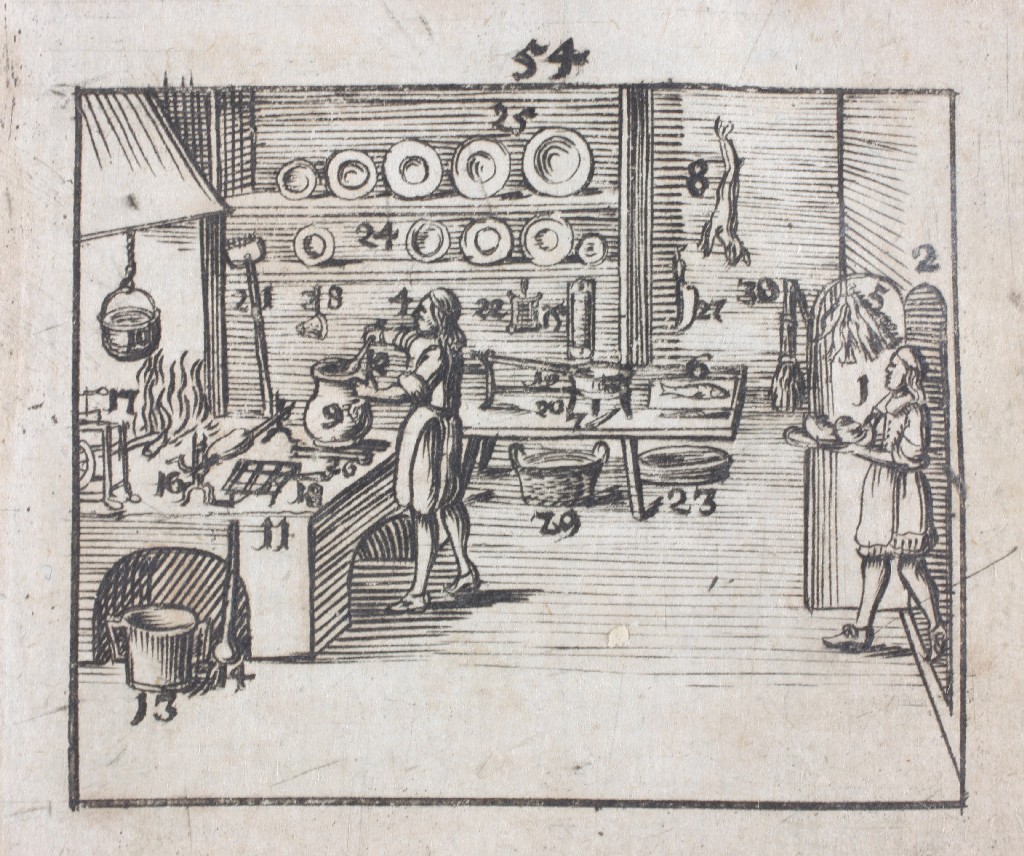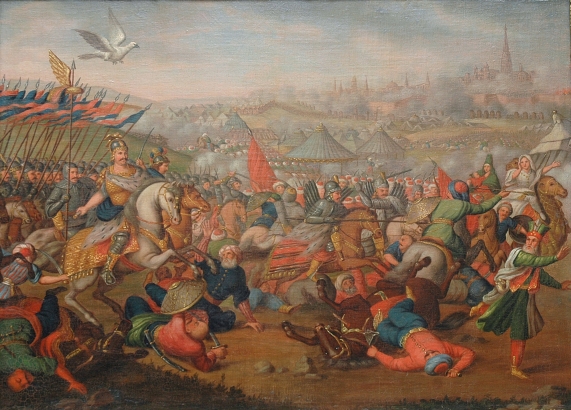Bernard O’Connor’s ‘The History of Poland’
Released in London in 1698 was a two-volume publication entitled ‘The History of Poland’. It was written by Bernard O’Connor, a doctor of Irish origin. Employed as court physician by King Jan III Sobieski in 1694, O’Connor lived for a few months in the Commonwealth. The king’s was the right decision, as O’Connor was so highly regarded as specialist that in his only 32-year-long life (1666–1698) he was appointed a member of as many as three prestigious scientific societies, namely The Royal Society (at 29), The Royal College of Physicians in England and Académie Française in France. He proved a skilful historian too. ‘The History of Poland’ was the first ever English-language publication that contained a detailed description of the Commonwealth and its inhabitants. In the first volume of his work O’Connor presented the history of Poland from the mid-6th century and the tale of Lech, Czech and Rus, and included a comprehensive depiction of various Polish provinces. The second volume tackled the local political system, climate, character and customs of Poles, old Polish cuisine, armed forces, commerce, sciences and also wonders of nature. The author enriched his work with his own reflections on the past, the present and the future of the Commonwealth. The book was not completely original. O’Connor referred to earlier publications of other authors, which in fact he underlined quite frequently. No wonder he had to quote other accounts. As he stayed in the Commonwealth for less than a year, O’Connor was unable to personally visit all the described locations. He mentions Toruń [Thorn], ‘the fairest and best built of any in Royal Prussia’, or Bydgoszcz [Bydgosty], ‘a wall’d Town, in a Plain, wash’d by the River Barda’, and then Kaniów, ‘whose Inhabitants with its Neighbours round about, are a very Warlike People’, and Mittawa, ‘The streets of [which] City are not Pav’d for want of Stone, and the Citizens Houses are either of Brick or Timber, as in Poland’. The towns O’Connor enumerated were simply too far apart for him to reach. The contemporary Commonwealth was still the largest European state. Following the Treaty of Karlowitz of 1699, its surface area amounted to circa 733 thousand square kilometres. Assuming that it was possible to cover some 30 kilometres a day in good weather, a trip from Toruń to the eastern borders of the country lasted roughly from five to six weeks. A trip to the south-eastern borders took even longer. O’Connor had no time and possibility to carry out detailed study of the beginnings of the Polish state, the history of the Teutonic Order or the national and cultural diversification. Nevertheless, ‘The History of Poland’ is a valuable publication testifying to its author’s keen observation skills and sharp mind. O’Connor formulated an opinion contrary to views represented by many scholars, namely that the Commonwealth was not at all doomed to collapse following the defeats suffered in the mid-1650s. For, as the Irishman observed, despite its numerous weaknesses, ‘this vast Kingdom is not so contemptible as we of the Western Parts of Europe have imagin’d: for this Country abounds with all Necessaries to support it self, both in Peace and War, without the help of its Neighbours; and had it been as well improv’d by Art, and enrich’d by Trade, as it is made fruitful by Nature, it would doubtless have been able to vie with any Kingdom in Europe.



